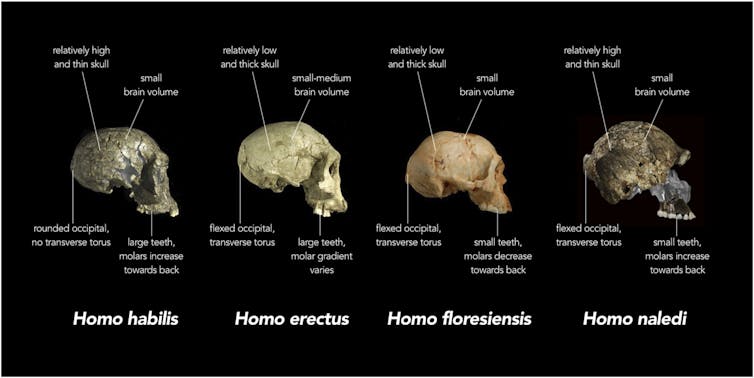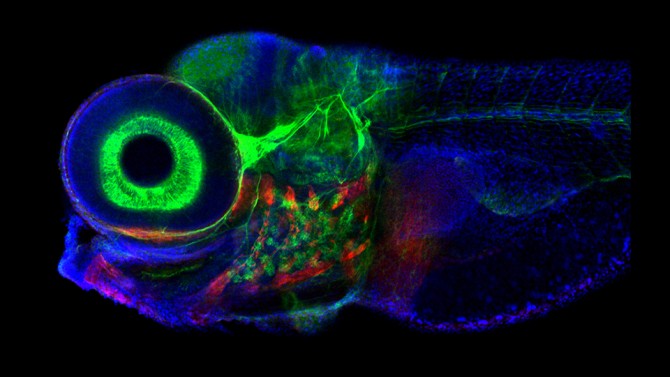
New research into one of the most hotly debated line items on the farm budget, machinery, has resulted in the development of a comprehensive investment guide for Australian grain growers.
The Grains Research and Development Corporation (GRDC) initiated a two-year project, Machinery Investment Options in the Australian Cropping Regions, which investigated/evaluated machinery investment and replacement costs and options to support growers make more informed purchasing decisions.
The project had input from farm business consultants Farmanco, Pinion Advisory and AgriPath working together with Primary Business, CussonsMedia and Kondinin Group.
The result is a comprehensive new GRDC guide to machinery investment, featuring 30 case studies with grain growers from across Australia and a benchmarking tool to support machinery investment decision-making.
Kondinin Group research manager, Ben White said the guide provides a snapshot of the machinery ownership levels of over 450 growers nationally and would help growers compare their position when it comes to industry averages for similar farming operations.
“Growers are typically presented with conflicting opinions when it comes to machinery purchases and the decisions around big-ticket investments can be stressful.” Mr White said.
“This guide provides a range of tools to help growers make more informed purchasing decisions.”
Amongst the tools is a new benchmarking formula, which allows growers to calculate their machinery investment levels relative to their overall farm profit.
The Machinery Investment Ratio formula requires growers to calculate their total plant, labour, maintenance and contracting costs relative to their total gross farm income. This ratio indicates the efficiency of owning and operating machinery.
Using this formula, GRDC research found on average, the level of national machinery investment was 34 cents in every dollar of farm income generated (a machinery investment ratio of 0.34).
Mr White said while this ratio can vary regionally, businesses that have a ratio of less than 0.34 are typically more efficient with their machinery investments.
“The benchmarking data provides growers with a critical starting point to compare their own machinery investment strategies and could help determine whether they are over or underspending in comparison to industry averages,” he said.
“Growers can then analyse their own machinery utilisation, fleet management practices, repair and maintenance costs, and labour levels to better manage their investment in machinery.”
“It’s important to note that there is no ‘one size fits all strategy’ and growers need to determine the levels of machinery investment or a contracting approach that’s suitable for their farm business.”
The guide also encourages growers to maintain an up-to-date machinery value inventory.
“The cost of machinery, including used equipment, is escalating rapidly, so keeping tabs on current inventory values as machinery supply tightens will be important in the context of machinery investment ratios,” Mr White said.
The guide also contains a decision support tool from Farmanco which provides a framework for grain growers to use when making machinery and technology investments on farm.
It allows growers to identify the relative long-term cost of owning machinery so comparisons between machinery investment options can be made.
As part of the project, grain growers from across Australia were interviewed for in-depth case studies that investigated machinery inventories, likely impetus for change or trade and individual grower’s philosophy and approach to machinery investment.








